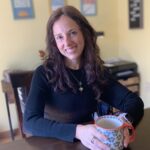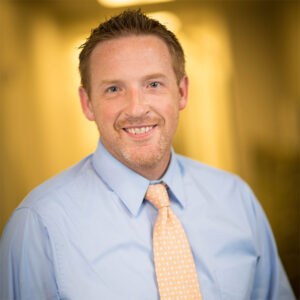The Critical Importance of Transparency in an Age of Misinformation
How University of Utah Health intentionally becomes the voice of authority for internal and external audiences.
// By Wendy Margolin //
 In March 2020 Paul Gadd, director of internal communications at University of Utah Health, answered a call from the emergency management director. Senior leadership decided to set up BLU-MED tents — emergency management tents in preparation for a natural disaster or mass casualty incident.
In March 2020 Paul Gadd, director of internal communications at University of Utah Health, answered a call from the emergency management director. Senior leadership decided to set up BLU-MED tents — emergency management tents in preparation for a natural disaster or mass casualty incident.
It was still early in the pandemic, and there hadn’t been a single diagnosed case in Utah. The site of sealed medical tents outside the hospital was sure to induce fear among staff and the public.

Paul Gadd, director of internal communications, University of Utah Health
Gadd immediately called Kathy Wilets, senior director of public affairs, and together they knew what their teams needed to do. “People were scared at this time, and so we had an opportunity. People want information, they’re asking questions. And so, let’s be open and honest,” he says.
They responded by “shouting it from the rooftop,” says Gadd. They posted photos of the tents on the staff intranet. The external communication team, led by Kathy Wilets, invited the press to visit the negative pressure emergency department tents before they were pressurized and sanitized, figuring knowing what was inside was less scary.
U of U Health is the only academic medical center in the state and in the region. They have the largest catchment area of any hospital system in the United States. That means the communications team has the potential to reach and support a large swath of the West.
Still, it was a deliberate decision to inform their internal audience about the hospital’s preparation first and then external audiences shortly after. In the end, says Gadd, the message was that if everything happened according to prediction, University of Utah Health would be prepared to treat anybody in the area who needs it.
“We realized we have an opportunity to be the source of truth. When there’s a lot of information out there, why can’t we be the ones providing information to our internal and external audiences and combating the misinformation going around?” says Gadd.

